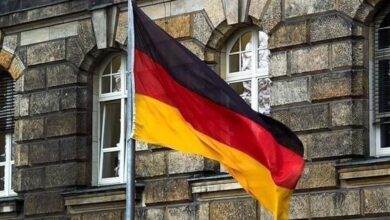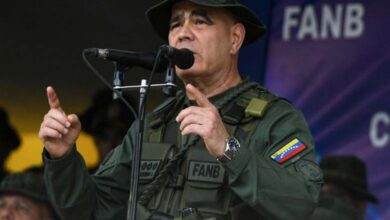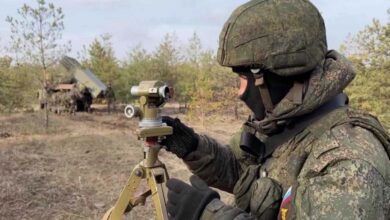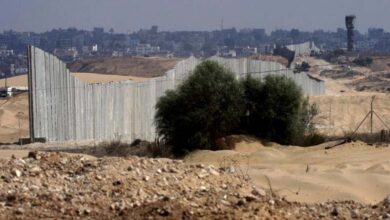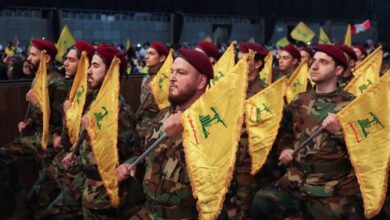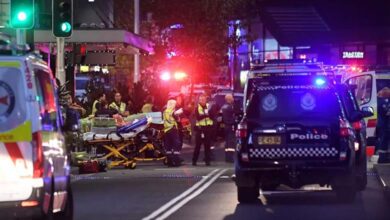Hamas executions in Gaza: consolidation of power or elimination of rivals?
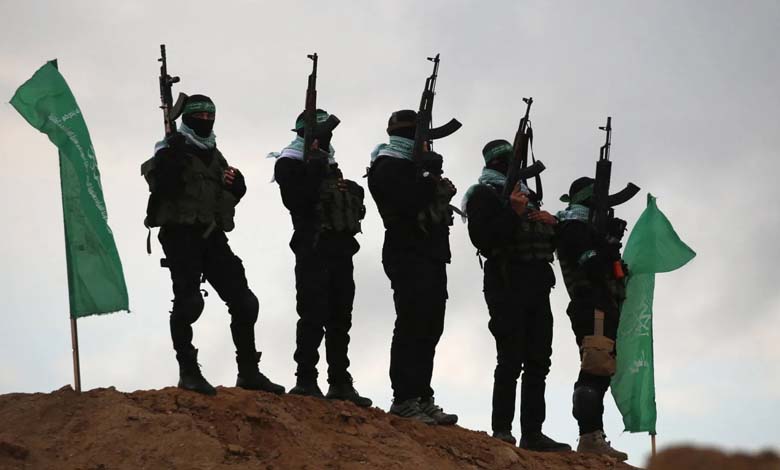
The Gaza Strip is witnessing a new episode of internal violence as Hamas carries out summary executions in an attempt to reassert its control amid mounting security challenges.
Since the ceasefire came into effect last Friday, Hamas—severely weakened by the war and heavily hit by Israel following the October 7, 2023 attacks—has sought to reimpose its authority in Gaza.
Gradually, the movement has redeployed its men in the streets of Gaza, albeit cautiously, fearing a sudden collapse of the truce.
Yesterday, Hamas deployed members of its military wing, the al-Qassam Brigades, during the release of the last surviving hostages abducted from Israel two years ago.
-
Hamas and the Muslim Brotherhood: A Persistent Security Threat to Europe
-
Curfew and Clashes: Hamas Attacks the al‑Majayda Family in Gaza, Deepening Residents’ Suffering
Executions
At the same time, a video circulated on social media showed masked gunmen, some wearing green headbands similar to those of Hamas fighters, shooting at least seven men with assault rifles after forcing them to kneel in the street.
According to Reuters, Hamas gunmen killed 33 people in a campaign targeting groups seen as a threat to its grip over the Gaza Strip, which it seized by force in 2007.
Hamas justifies its campaign by claiming it targets so-called “collaborators and traitors” with Israel.
Last month, Hamas authorities announced the execution of three men accused of collaborating with Israel, releasing footage of their public execution on social media.
-
Gaza Residents Back Trump’s Plan and Shout at Hamas: Enough
-
Trump’s Plan and Hamas’s Response: Points of Convergence and Divergence
Concerns
Observers argue that these scenes serve as a stark reminder of one of the main challenges facing U.S. President Donald Trump’s efforts to reach a lasting agreement on Gaza, as the United States, Israel, and several other countries call for Hamas’s disarmament.
Asked by a reporter aboard Air Force One about reports that Hamas was moving against rivals to regain control over parts of Gaza, President Trump said: “They do want to stop the problems, they have been frank about it, and we have given them approval for a period of time.”
On Monday, the first phase of the new agreement was completed: Hamas released twenty live hostages and handed over the bodies of the dead, while Israel freed about two thousand Palestinian prisoners, including two hundred and fifty serving heavy sentences.
-
Trump’s Deadline for Hamas Nears Its End… Gaza’s Displaced Caught Between Hardship and the Inability to Escape
-
Refusal to Apologize for the Cost of War: Senior Hamas Official Distances Himself from Gaza Civilians’ Suffering
Under the terms of the first stage of the ceasefire, the Israeli army repositioned itself in Gaza, currently controlling a little more than half of the territory.
Much of the Strip lies in ruins, with the population now concentrated along the coastal al-Mawasi area in the south, the heavily damaged towns in the center, and Gaza City.
Trump’s plan envisions a demilitarized Gaza governed by a Palestinian committee under international supervision, with the deployment of an international mission tasked with training and supporting a Palestinian police force.
-
Recruitment, Tunnels, and Surprises: Israeli Intelligence Unveils Hamas’s Plans
-
Israel Fails to Assassinate Khalil al-Hayya, Hamas’ Voice Abroad
Following the implementation of the ceasefire, Ismail al-Thawabta, head of Hamas’s Government Information Office in Gaza, told Reuters that the movement would not allow a security vacuum and would work to safeguard public safety and property.
Hamas reiterated that it would not discuss disarmament, stating it was prepared to hand over its weapons only to a future Palestinian state. It added that it did not seek any role in Gaza’s next administration, which should, according to the group, be formed through Palestinian consensus without external interference.
-
Gaza Truce: Trump Anticipates a Deal Soon, Hamas Responds
-
Intensive Mediation Efforts… Details of the Last Chance Negotiations Between Israel and Hamas
Internal conflicts
As the war drags on, Hamas—its strength diminished—has faced growing challenges from rival factions within Gaza, often tied to influential families.
In Gaza City, Hamas mainly clashed with the Doghmush family, residents reported.
One of Hamas’s most prominent opponents is Yasser Abu Shabab, based in Rafah—an area where Israel has yet to withdraw—who has recruited hundreds of fighters with financial incentives, according to a source close to him who spoke to Reuters earlier this year. Hamas accuses him of collaborating with Israel, a charge he denies.
-
What Is the Fate of the Gaza Truce? Hamas Responds to Witkoff
-
Gaza Truce : Just 200 Meters Separate Israel and Hamas
A Gaza security source told Reuters that Hamas killed Abu Shabab’s “right-hand man” and is now seeking to eliminate him personally.
In Khan Younis, Hossam al-Astal, another rival of Hamas in an area under Israeli control, released a video message on Sunday mocking the movement, saying that once the hostages were handed over, Hamas’s authority and role in Gaza would come to an end.


